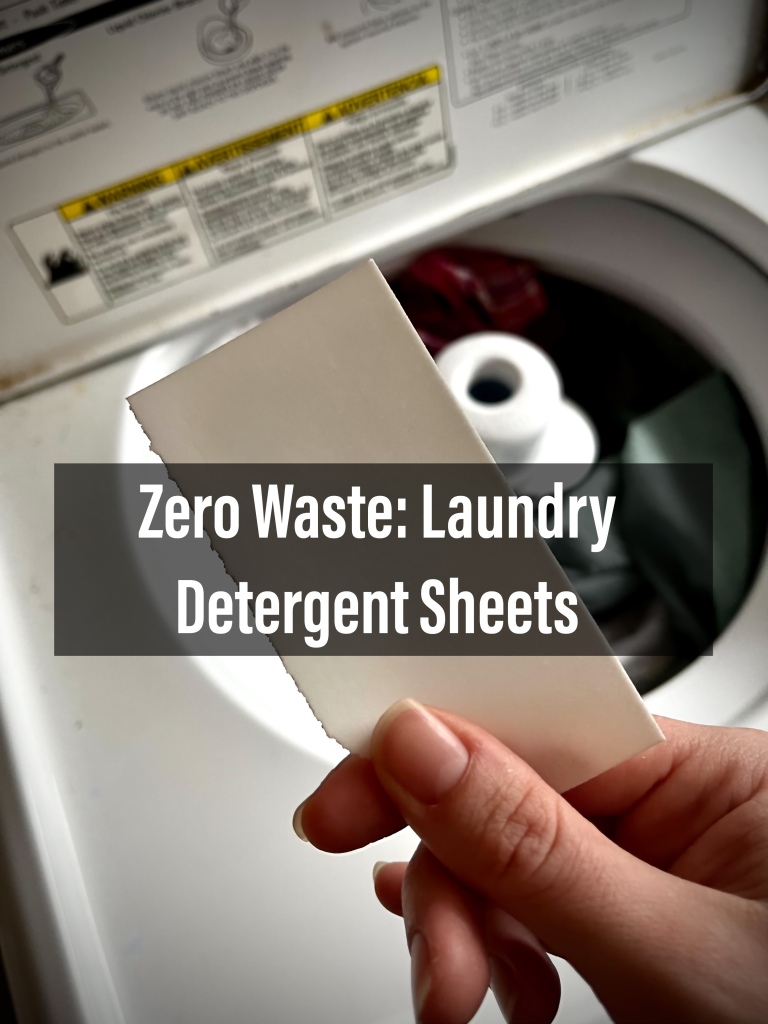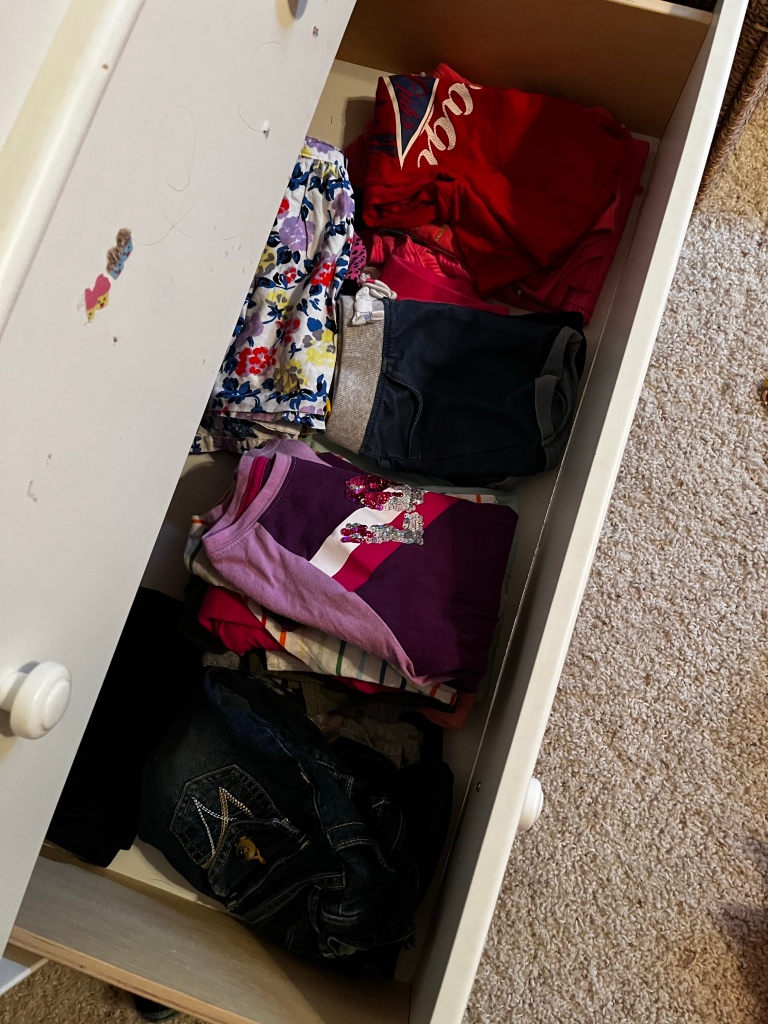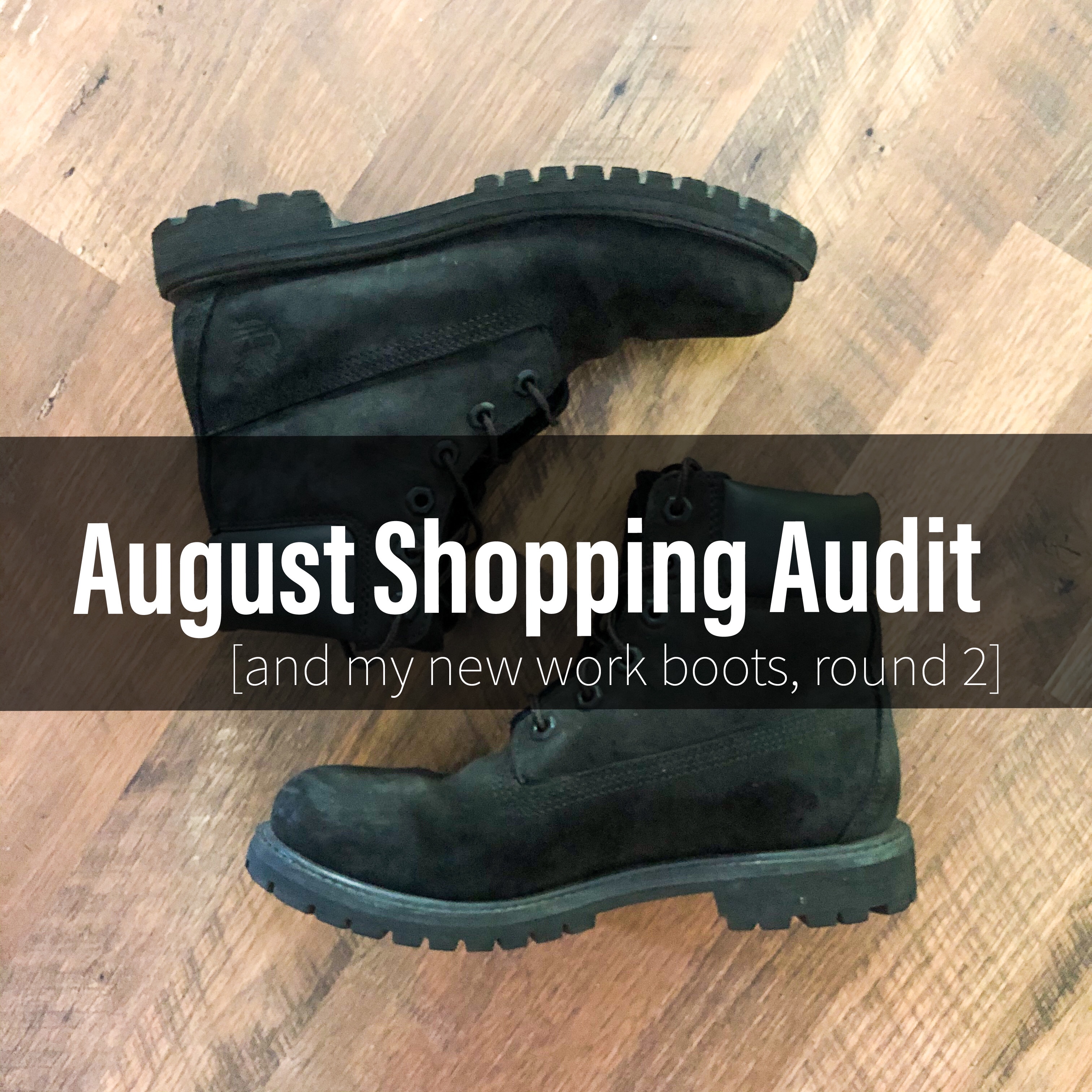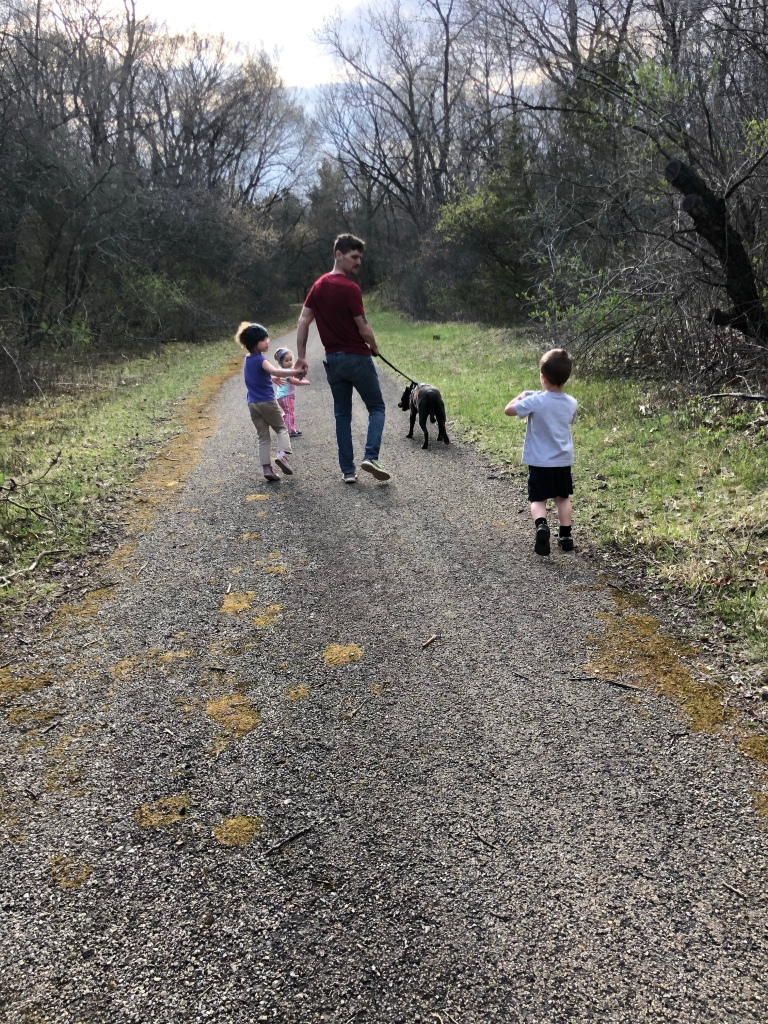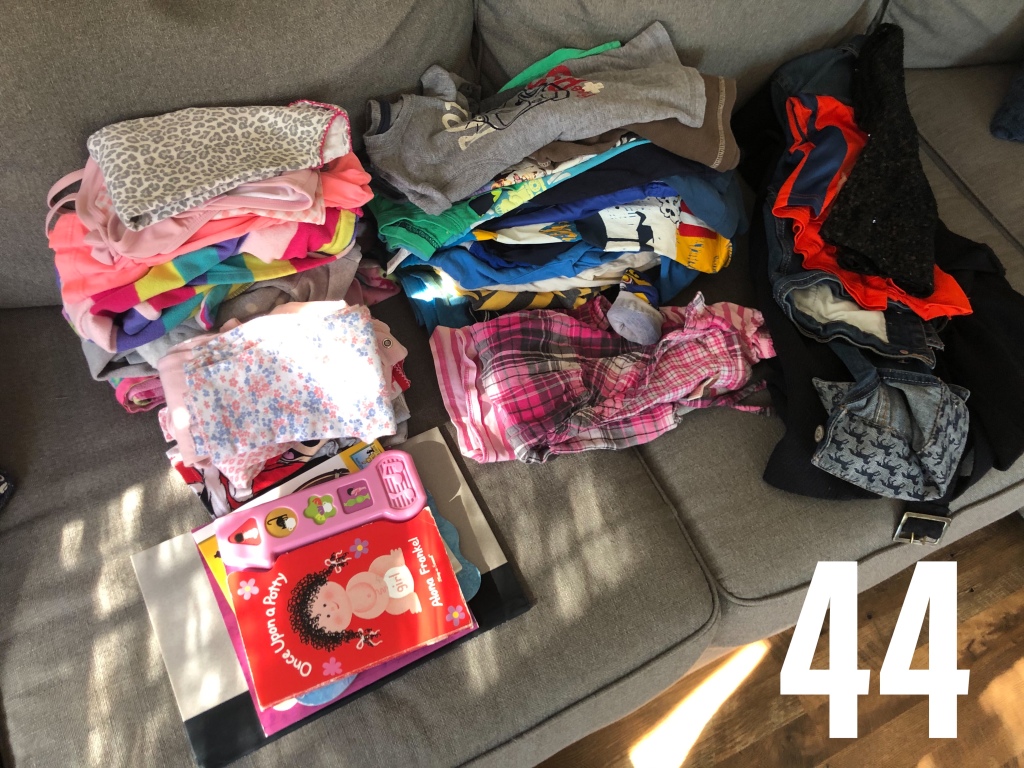
Today is my 35th birthday, and the 4th birthday of this blog. It’s also the 4th anniversary of my conversion to minimalism.
I began this blog with the [self-imposed] challenge to pair down my sizable wardrobe from 486 items to 175. At the end of the first year, my wardrobe was down to 149 items of clothing. I went another two years without buying any new clothes and now I only buy things when I need them… [well, not counting the Christmas onesie when I didn’t technically need but thoroughly enjoyed all winter].
Now, I know that 150 items of clothing doesn’t exactly sound minimal and many people live with much less. I hope to someday be among them. But right now, I have a small enough amount of clothing that losing one freaking tank top [my favorite one!!!!] is very noticeable [not to mention irritating]. Whereas before, I could have lost a shirt or pair of pants and probably not realized for very long time and even if I did, not cared because I had twenty-five replacements waiting in the wings, now when I lose something, I notice it immediately and have to decide if it’s something I need to replace [my only pair of jeans, for instance], or something to just forget.
Now that it’s been four years since I first downsized I thought this would be a good time to go back to the closet, do a recount and see if I’ve backslidden…
For reference, I keep all of my clothing in this one quarter of the double closet that I share with Brett. [He does use about half of the remaining closet space, but the rest is used for storage.]

Not a very fancy set up, but it works just fine.
I pulled out and organized all of the clothing in the drawers and then counted everything by category, added that to all the hanging clothes, and everything in the laundry and even included what I am wearing.

Here are the results. Drum roll, please.
🥁 🥁 🥁
Today, I have 112 items in my wardrobe. That’s including socks, underwear, bras, bathrobes, bathing suits, causal clothes, dress clothes, etc. [It does NOT include outerwear like coats and scarves or shoes.]
Wow. I’m quite surprised actually…I had thought that extra clothing was sneaking into my wardrobe via Christmas presents and free race t-shirts. But turns out I’ve been pretty diligent about the in-and-out rule.
Well, now that I’ve had four years to live with less clothes [I know, I know. I’m not living with as little as I could], here are some things I’ve learned.
What I’ve Learned
1. I’ve discovered what I like and what I don’t like. I don’t like to wear crew necks [unless it’s a workout shirt]. I have an incredibly small color range that I like to wear [see photo above], and honestly I’m ok with that. I LIVE for leggings with pockets. I prefer to be casual. I may have nine dresses in my closet, but I haven’t worn one in at least two years. I will always have more workout clothing than any other type of clothing. I found a bathing suit I love and I hope I love it forever because finding one is SO HARD.
2. My taste in clothing changes over time. This is probably obvious to most normal prosper, but I actually thought that once I have a t-shirt that I love, I will always love it. It will be my favorite until it literally falls apart. But, it turns out that for some reason I cannot ascertain, I don’t like the same things this summer that I did last summer. My favorite t-shirt from two summers ago just doesn’t fit me right anymore. The flannel button-down that I used to wear every day hasn’t moved from its hanger in two years.
🤷♀️
It’s so strange. I don’t believe my style is changing. Maybe it’s my changing body [which in all fairness hasn’t changed very much in the past two years]. But whatever the reason, I find myself gravitating to different things in my closet, which leads me to the second thing I’ve learned.
3. It’s ok to buy ethically sourced clothing. For a long time, I avoided buying clothing at all cost, wearing the same socks with holes in them for years [true story], but as I discovered that I didn’t really like some of the things in my wardrobe, I realized I wanted to buy a replacement. It was freeing to realize that I could replace it with something that I actually do like from an ethical source like a resale or consignment shop or form an ethical brand like Patagonia, which leads me to the third thing I’ve learned…
4. Where to buy ethical [and awesome] clothing. Since I’ve spent four years only buy ethical clothing, I’ve developed a pretty good list of go-to brands. I’ve shared them before, but now I want to share the ones I love the most.
- Patagonia [for activewear and t-shirts and hoodies and everything else that they sell]
- Boody [for activewear and basics]
- Pact [for basics]
- Naja [for intimates]
- Local consignment/resale shop [for everything else]
5. The perfect size wardrobe is one where every item is loved and used regularly. There is no rule for how much clothing a person should or should not have. The only rule is that you love what you have and you actually use it! [Ok. It’s really more of a suggestion.] Clothes are meant to be worn, not gathering dust in a closet. Clothing uses a lot of human and natural resources in order to make it into our closets and we shouldn’t just piss on all that by never even so much as taking the tags off our recent “haul.” We have to be more intentional about what we purchase.
As Erin Loechner writes in Chasing Slow, “To shop consciously, we also must own consciously…Buy what you need. Need what you wear. Wear what you buy.” [This is not a recommendation of the book, which I hated…except for this quote.]
Well, thirty-five times I’ve been around the sun. It’s been a journey. I’m always learning and always growing and always trying to do better. This is one area that I need to continually work on. Consumerism is very sneaky in American society.
👀
As always, I welcome comments, criticisms and critiques. Drop ‘em in the comments below.
👗 👕 👖
Karis
